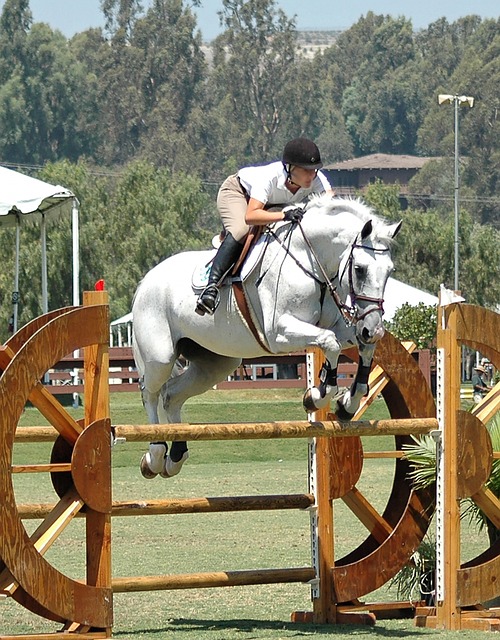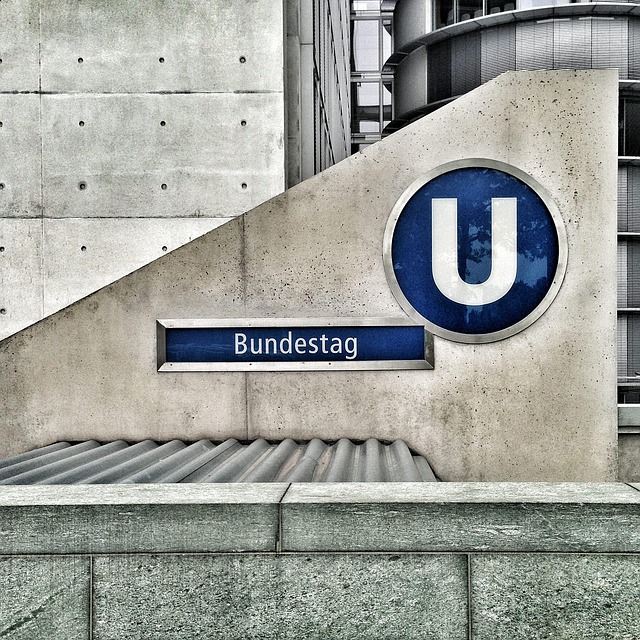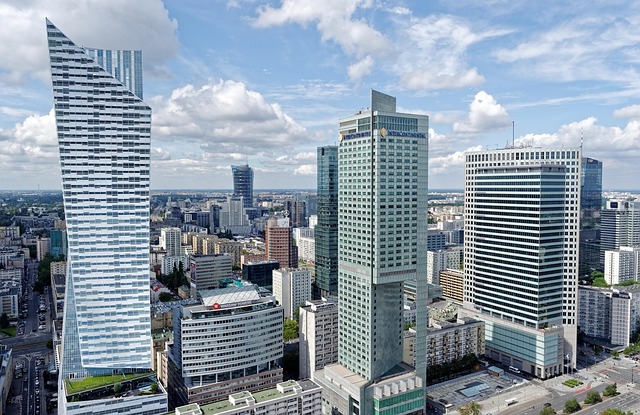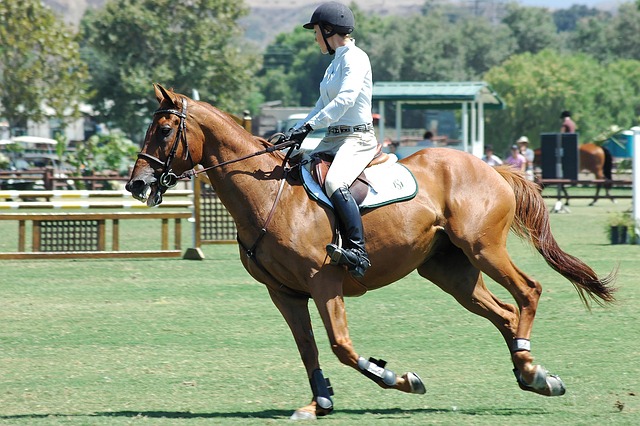Lear Capital vs Competitors: A Comprehensive Analysis
Introduction
In an era defined by rapid globalization, technological innovation, and shifting economic landscapes, the concept of ‘Lear Capital’ has emerged as a pivotal strategy for nations seeking competitive advantage. This article delves into the intricate world of Lear Capital, comparing it to its competitors in a bid to understand its unique strengths, global impact, and future potential. By exploring various facets, from economic implications to technological advancements, we aim to provide a holistic view of this dynamic field, empowering readers with insights into its relevance and significance.
Understanding Lear Capital vs Competitors: A Definition and Its Components
Lear Capital, in its essence, refers to the collective knowledge, skills, innovations, and resources that contribute to a nation’s or region’s competitive edge in the global market. It encompasses various elements, including:
- Human Capital: The knowledge, skills, and expertise of the workforce, often considered the most valuable asset.
- Technological Infrastructure: Advanced technologies, research facilities, and digital capabilities that drive innovation.
- Innovation Ecosystem: A supportive environment fostering entrepreneurship, R&D, and the commercialization of ideas.
- Educational Systems: High-quality education at all levels, promoting critical thinking, creativity, and specialized skills.
- Regulatory Frameworks: Policies and laws that either facilitate or hinder the development and utilization of Lear Capital.
When compared to competitors in this domain, the focus shifts to other nations or regions that strive for similar goals. The core objectives remain consistent: attracting investment, fostering innovation, and ensuring a skilled workforce. However, the strategies, policies, and priorities can vary significantly, shaping the competitive landscape.
Global Impact and Trends
The influence of Lear Capital is not confined to national borders; it has become a global phenomenon with far-reaching implications:
- Global Talent Mobility: Highly skilled individuals and researchers often migrate to countries offering better opportunities, leading to knowledge transfer between nations.
- International Collaboration: Many successful companies are products of cross-border partnerships, leveraging diverse talent pools and expertise.
- Digital Disruption: Technological advancements have democratized access to education and research, allowing smaller economies to compete on a global scale.
Regional Variations:
| Region | Strengths | Challenges | Unique Strategies |
|---|---|---|---|
| North America | Strong focus on higher education, robust tech hubs | High cost of living, regulatory complexities | Encouraging immigration, fostering startup ecosystems |
| Western Europe | Advanced R&D capabilities, strong social safety nets | Aging population, declining youth unemployment rates | Investing in green technologies, promoting lifelong learning |
| Asia Pacific | Rapid economic growth, large talent pools | Inequality, lack of work-life balance | Emphasizing skill development, implementing flexible work policies |
| Middle East & Africa | Natural resources, growing tech sectors | Political instability, limited infrastructure | Diversifying economies, attracting foreign investment through incentives |
Economic Considerations: Market Dynamics and Investment Patterns
The economic aspect of Lear Capital is crucial, as it drives the allocation of resources and influences long-term growth. Key factors include:
- Market Competitiveness: Countries with strong Lear Capital attract foreign direct investment (FDI), leading to technology transfer and job creation.
- Innovation-Driven Growth: Governments investing in R&D and innovation become hubs for high-tech industries, fostering economic diversification.
- Skill Mismatches: Addressing skill gaps through targeted education and training programs can fill labor market needs and increase productivity.
Investment Trends:
- Venture Capital Flows: Emerging markets are witnessing a surge in venture capital investments, particularly in technology and biotech sectors.
- Government Incentives: Many countries offer tax breaks, grants, and subsidies to encourage research and development and attract foreign investment.
- Foreign Direct Investment (FDI): Lear Capital becomes a key factor in FDI decisions, with investors seeking locations offering skilled talent and supportive policies.
Technological Advancements: Driving the Landscape
Technology is a double-edged sword in the Lear Capital competition, presenting both opportunities and challenges:
- Digital Education: Online learning platforms have made high-quality education accessible globally, enabling individuals to acquire skills from anywhere.
- Artificial Intelligence (AI) and Automation: These technologies transform industries, creating new jobs while displacing others, thus requiring reskilling efforts.
- Data Analytics: Data has become a valuable asset, with nations investing in data infrastructure and expertise to drive decision-making.
Future Tech Trends:
- Quantum Computing: Has the potential to revolutionize various sectors, including finance, healthcare, and defense, demanding specialized talent.
- 5G and Beyond: Advanced communication technologies enable faster data transfer, impacting industries from automotive to entertainment.
- Biotechnology and Genetic Engineering: Rapid advancements in these fields require a skilled workforce with specialized knowledge.
Policy and Regulation: Shaping the Competitive Environment
Government policies and regulations play a pivotal role in fostering or hindering Lear Capital development:
- Immigration Policies: Skilled immigration policies attract global talent, while restrictive measures may limit access to much-needed skills.
- Tax Incentives: Tax breaks for R&D and startup companies encourage innovation and investment.
- Regulatory Bureaucracy: Efficient and business-friendly regulations support entrepreneurship, while complex or costly processes can deter investment.
Case Study: Singapore’s Success
Singapore is often cited as a model for effective Lear Capital development. Key policies include:
- Talent Acquisition: Attracting global talent through the Global Talent Scheme, offering work visas to high-impact individuals.
- Innovation Ecosystem: Investing heavily in research and development, with government agencies like A*STAR driving scientific advancement.
- Education System: Implementing a robust curriculum focused on STEM subjects, fostering a culture of innovation.
Challenges and Criticisms: Overcoming Barriers
Despite its potential, Lear Capital faces several challenges:
- Skill Mismatches: Ensuring that education systems produce graduates with skills matching industry demands is an ongoing challenge.
- Regional Disparities: Significant differences in infrastructure, policies, and resources among regions can create imbalances.
- Ethical Concerns: AI and data technologies raise ethical questions regarding privacy, bias, and job displacement.
Actionable Solutions:
- Collaborative Industry-Education Initiatives: Partnering with industries to co-design curricula ensures relevance and addresses skill gaps.
- Targeted Infrastructure Development: Investing in underdeveloped regions can reduce disparities and promote balanced growth.
- Ethical Guidelines and Regulation: Developing ethical frameworks for AI deployment and implementing regulations to mitigate risks.
Case Studies: Real-World Applications
1. Germany’s Dual Education System
Germany’s vocational education system, combining academic learning with on-the-job training, has produced a highly skilled workforce. This model ensures that students gain practical skills relevant to the job market, addressing labor shortages in various sectors.
2. Israel’s Startup Ecosystem
Israel’s thriving startup culture is underpinned by its strong technology education and supportive regulatory environment. The country’s focus on entrepreneurship, coupled with significant R&D investments, has led to global success stories and substantial FDI.
3. South Korea’s Education Revolution
South Korea’s education system emphasizes STEM subjects and competitive exam preparation. This approach has contributed to the country’s technological prowess, particularly in electronics and semiconductors, making it a global leader in these industries.
Future Prospects: Emerging Trends and Strategic Considerations
The Lear Capital landscape is evolving rapidly, presenting both opportunities and challenges for nations:
- Green Technologies: The push for sustainability drives demand for skilled workers in renewable energy, green building, and environmental technologies.
- Digitalization of Industries: From finance to healthcare, digital transformation creates a need for data scientists, software engineers, and cybersecurity experts.
- Global Collaboration: Cross-border partnerships become increasingly common, fostering knowledge exchange and addressing global challenges like climate change.
Strategic Considerations:
- Diversify Skill Sets: Adapt education systems to cater to diverse skill demands, from traditional STEM fields to emerging areas like AI ethics.
- Encourage Lifelong Learning: With technology rapidly changing, continuous upskilling and reskilling become essential for individuals and nations.
- Foster International Collaboration: Embrace global partnerships to leverage diverse expertise and address shared challenges.
Conclusion: The Enduring Relevance of Lear Capital
In an increasingly interconnected world, Lear Capital stands as a powerful driver of economic growth, innovation, and societal development. As technology advances and global trends evolve, the competitive landscape will continue to shift, demanding dynamic responses from nations. By investing in their Lear Capital, countries can position themselves at the forefront of global challenges and opportunities, ensuring prosperity for their citizens.
FAQ Section: Addressing Common Concerns
Q: How does Lear Capital differ from traditional economic indicators like GDP?
A: Lear Capital goes beyond monetary measures by focusing on intangible assets and capabilities that drive long-term growth and competitiveness. While GDP is a crucial indicator, it doesn’t capture the value of human capital, technological infrastructure, or innovation ecosystems.
Q: Can smaller economies compete with larger, more established nations in terms of Lear Capital?
A: Absolutely. Size is not a barrier to success. Smaller economies can leverage their unique strengths, such as agile regulatory environments or specialized talent pools, to carve out successful niche markets and become global leaders.
Q: What role does education play in developing Lear Capital?
A: Education is the foundation of Lear Capital. High-quality education fosters critical thinking, creativity, and specialized skills, ensuring that future workforces are equipped to meet industry demands and drive innovation.
Q: How can governments encourage a culture of lifelong learning?
A: Governments can implement policies promoting flexible education options, such as online courses and part-time programs, make vocational training more accessible, and incentivize employers to support employee upskilling initiatives.

Lear Capital vs Competitors: Uncovering Strategies for Market Leadership
“Explore the competitive landscape of investment firms through a comparative lens with our in-depth…….
Read More
Lear Capital’s Edge: Unlocking Unique Financial Education
“Unveiling the Landscape of Financial Education: A Deep Dive into Lear Capital vs. Competitors explo…….
Read More
Lear Capital vs Competitors: Unlocking Its Unique Advantage
“In the competitive world of financial management, Lear Capital stands out as a formidable player. T…….
Read More
Lear Capital vs Rivals: Unlocking Their Unique Strategies
“In the competitive landscape of financial services, Lear Capital stands out as a formidable player……..
Read More
Lear Capital vs Competitors: Unique Value Proposition and Future Growth
“In the competitive landscape of financial investment, Lear Capital stands out as a formidable playe…….
Read More
Lear Capital vs Competitors: Unlocking Investment Strategies for Market Leadership
“In the competitive world of investment management, understanding the nuances between industry leade…….
Read More
Lear Capital’s Investment Edge: Unlocking Competitive Advantage
“Unveiling the Competitive Edge: A Deep Dive into Lear Capital vs. its PeersThis comprehensive analy…….
Read More
Lear Capital vs Competitors: Unlocking Market Dominance and Strategies
In the dynamic financial services landscape, Lear Capital has emerged as a formidable force, disting…….
Read More
Lear Capital’s Dominance: Unlocking Competitive Edge in Finance
“In the competitive world of financial services, Lear Capital stands out as a formidable player. Thi…….
Read More
Lear Capital Dominance: Unlocking Strategies vs Competitors
“In the competitive world of finance, understanding Lear Capital versus its peers is crucial. This a…….
Read More